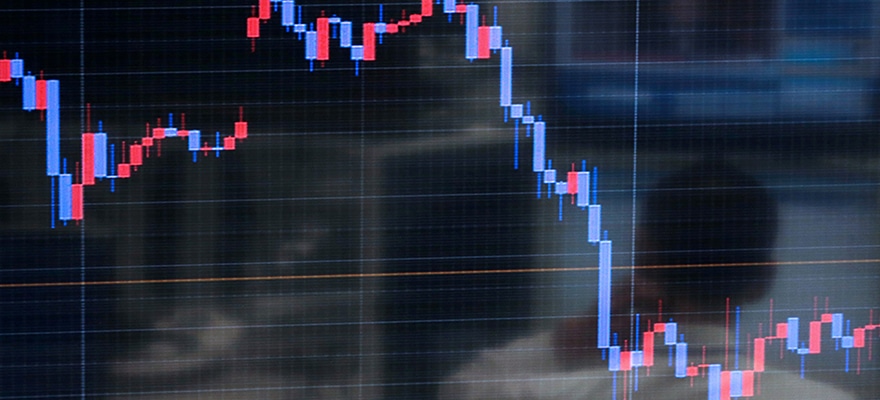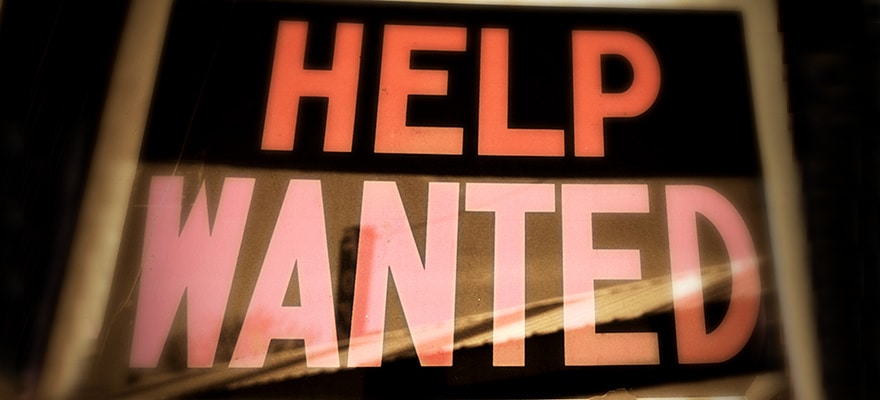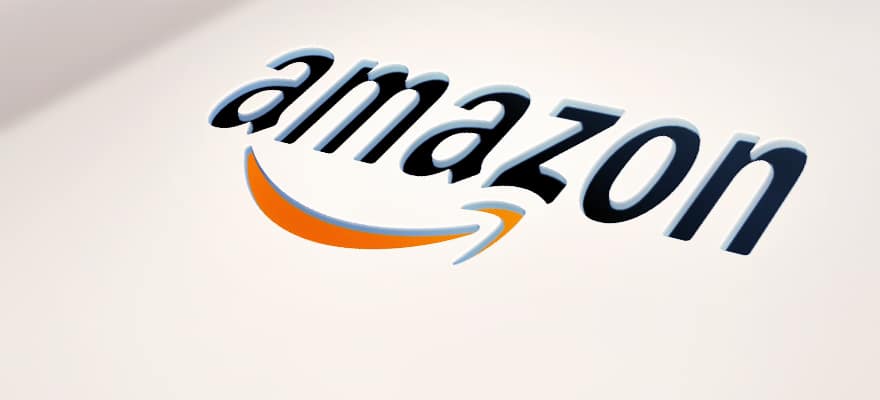Executive Interview with Yaacov Heidingsfeld | TraderTools | FMLS:24
Executive Interview with Yaacov Heidingsfeld | TraderTools | FMLS:24
Executive Interview with Yaacov Heidingsfeld | TraderTools | FMLS:24
Executive Interview with Yaacov Heidingsfeld | TraderTools | FMLS:24
Executive Interview with Yaacov Heidingsfeld | TraderTools | FMLS:24
Executive Interview with Yaacov Heidingsfeld | TraderTools | FMLS:24
Swimming Naked, Swimming Blind: The Truth About Liquidity in FX Markets
In this interview, Yakov Heidingsfeld, CEO of TraderTools, explores the complexities of liquidity management in the FX market. He highlights that while acquiring #liquidity may seem straightforward, the real challenge lies in understanding and managing customer flow. #Brokers often misrepresent flow quality—knowingly or unknowingly—leading to breakdowns in relationships with liquidity providers. Using advanced tools, such as real-time dashboards and AI-driven predictive models, Yakov emphasizes the importance of analyzing customer behavior, trading patterns, and time-based flow to better categorize traders and optimize pricing strategies.
#fmls #fmls24 #fmevents #fm #forex
📣 Stay updated with the latest in finance and trading!
Follow FMevents across our social media platforms for news, insights, and event updates.
Connect with us today:
🔗 LinkedIn: https://www.linkedin.com/showcase/financemagnates-events/
👍 Facebook: https://www.facebook.com/FinanceMagnatesEvents
📸 Instagram: https://www.instagram.com/fmevents_official
🐦 Twitter: https://twitter.com/F_M_events
🎥 TikTok: https://www.tiktok.com/@fmevents_official
▶️ YouTube: https://www.youtube.com/@FinanceMagnates_official
Don't miss out on our latest videos, interviews, and event coverage.
Subscribe to our YouTube channel for more!
Swimming Naked, Swimming Blind: The Truth About Liquidity in FX Markets
In this interview, Yakov Heidingsfeld, CEO of TraderTools, explores the complexities of liquidity management in the FX market. He highlights that while acquiring #liquidity may seem straightforward, the real challenge lies in understanding and managing customer flow. #Brokers often misrepresent flow quality—knowingly or unknowingly—leading to breakdowns in relationships with liquidity providers. Using advanced tools, such as real-time dashboards and AI-driven predictive models, Yakov emphasizes the importance of analyzing customer behavior, trading patterns, and time-based flow to better categorize traders and optimize pricing strategies.
#fmls #fmls24 #fmevents #fm #forex
📣 Stay updated with the latest in finance and trading!
Follow FMevents across our social media platforms for news, insights, and event updates.
Connect with us today:
🔗 LinkedIn: https://www.linkedin.com/showcase/financemagnates-events/
👍 Facebook: https://www.facebook.com/FinanceMagnatesEvents
📸 Instagram: https://www.instagram.com/fmevents_official
🐦 Twitter: https://twitter.com/F_M_events
🎥 TikTok: https://www.tiktok.com/@fmevents_official
▶️ YouTube: https://www.youtube.com/@FinanceMagnates_official
Don't miss out on our latest videos, interviews, and event coverage.
Subscribe to our YouTube channel for more!
Swimming Naked, Swimming Blind: The Truth About Liquidity in FX Markets
In this interview, Yakov Heidingsfeld, CEO of TraderTools, explores the complexities of liquidity management in the FX market. He highlights that while acquiring #liquidity may seem straightforward, the real challenge lies in understanding and managing customer flow. #Brokers often misrepresent flow quality—knowingly or unknowingly—leading to breakdowns in relationships with liquidity providers. Using advanced tools, such as real-time dashboards and AI-driven predictive models, Yakov emphasizes the importance of analyzing customer behavior, trading patterns, and time-based flow to better categorize traders and optimize pricing strategies.
#fmls #fmls24 #fmevents #fm #forex
📣 Stay updated with the latest in finance and trading!
Follow FMevents across our social media platforms for news, insights, and event updates.
Connect with us today:
🔗 LinkedIn: https://www.linkedin.com/showcase/financemagnates-events/
👍 Facebook: https://www.facebook.com/FinanceMagnatesEvents
📸 Instagram: https://www.instagram.com/fmevents_official
🐦 Twitter: https://twitter.com/F_M_events
🎥 TikTok: https://www.tiktok.com/@fmevents_official
▶️ YouTube: https://www.youtube.com/@FinanceMagnates_official
Don't miss out on our latest videos, interviews, and event coverage.
Subscribe to our YouTube channel for more!
Swimming Naked, Swimming Blind: The Truth About Liquidity in FX Markets
In this interview, Yakov Heidingsfeld, CEO of TraderTools, explores the complexities of liquidity management in the FX market. He highlights that while acquiring #liquidity may seem straightforward, the real challenge lies in understanding and managing customer flow. #Brokers often misrepresent flow quality—knowingly or unknowingly—leading to breakdowns in relationships with liquidity providers. Using advanced tools, such as real-time dashboards and AI-driven predictive models, Yakov emphasizes the importance of analyzing customer behavior, trading patterns, and time-based flow to better categorize traders and optimize pricing strategies.
#fmls #fmls24 #fmevents #fm #forex
📣 Stay updated with the latest in finance and trading!
Follow FMevents across our social media platforms for news, insights, and event updates.
Connect with us today:
🔗 LinkedIn: https://www.linkedin.com/showcase/financemagnates-events/
👍 Facebook: https://www.facebook.com/FinanceMagnatesEvents
📸 Instagram: https://www.instagram.com/fmevents_official
🐦 Twitter: https://twitter.com/F_M_events
🎥 TikTok: https://www.tiktok.com/@fmevents_official
▶️ YouTube: https://www.youtube.com/@FinanceMagnates_official
Don't miss out on our latest videos, interviews, and event coverage.
Subscribe to our YouTube channel for more!
Swimming Naked, Swimming Blind: The Truth About Liquidity in FX Markets
In this interview, Yakov Heidingsfeld, CEO of TraderTools, explores the complexities of liquidity management in the FX market. He highlights that while acquiring #liquidity may seem straightforward, the real challenge lies in understanding and managing customer flow. #Brokers often misrepresent flow quality—knowingly or unknowingly—leading to breakdowns in relationships with liquidity providers. Using advanced tools, such as real-time dashboards and AI-driven predictive models, Yakov emphasizes the importance of analyzing customer behavior, trading patterns, and time-based flow to better categorize traders and optimize pricing strategies.
#fmls #fmls24 #fmevents #fm #forex
📣 Stay updated with the latest in finance and trading!
Follow FMevents across our social media platforms for news, insights, and event updates.
Connect with us today:
🔗 LinkedIn: https://www.linkedin.com/showcase/financemagnates-events/
👍 Facebook: https://www.facebook.com/FinanceMagnatesEvents
📸 Instagram: https://www.instagram.com/fmevents_official
🐦 Twitter: https://twitter.com/F_M_events
🎥 TikTok: https://www.tiktok.com/@fmevents_official
▶️ YouTube: https://www.youtube.com/@FinanceMagnates_official
Don't miss out on our latest videos, interviews, and event coverage.
Subscribe to our YouTube channel for more!
Swimming Naked, Swimming Blind: The Truth About Liquidity in FX Markets
In this interview, Yakov Heidingsfeld, CEO of TraderTools, explores the complexities of liquidity management in the FX market. He highlights that while acquiring #liquidity may seem straightforward, the real challenge lies in understanding and managing customer flow. #Brokers often misrepresent flow quality—knowingly or unknowingly—leading to breakdowns in relationships with liquidity providers. Using advanced tools, such as real-time dashboards and AI-driven predictive models, Yakov emphasizes the importance of analyzing customer behavior, trading patterns, and time-based flow to better categorize traders and optimize pricing strategies.
#fmls #fmls24 #fmevents #fm #forex
📣 Stay updated with the latest in finance and trading!
Follow FMevents across our social media platforms for news, insights, and event updates.
Connect with us today:
🔗 LinkedIn: https://www.linkedin.com/showcase/financemagnates-events/
👍 Facebook: https://www.facebook.com/FinanceMagnatesEvents
📸 Instagram: https://www.instagram.com/fmevents_official
🐦 Twitter: https://twitter.com/F_M_events
🎥 TikTok: https://www.tiktok.com/@fmevents_official
▶️ YouTube: https://www.youtube.com/@FinanceMagnates_official
Don't miss out on our latest videos, interviews, and event coverage.
Subscribe to our YouTube channel for more!






















